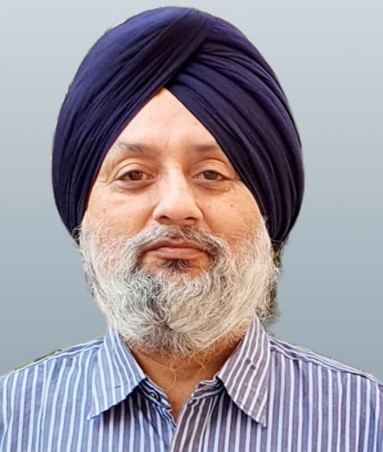Title: Molecules to Materials: Tailorable and Switchable Non-linear Optical Response
The strong technological demand for high-performance nonlinear optical (NLO) materials has led to immense research activity in this field. Second-order NLO materials embrace remarkable effects such as second-harmonic generation (SHG), also called frequency doubling, in which photons interacting with a nonlinear material effectively form new photons having twice the frequency of the initial photons. Through different designs of chromophores, a fundamental understanding of the relationship between the chemical structure and NLO behavior of organic NLO materials has been demonstrated. Ferrocene based donor-p-acceptor (D-p-A) chromophores showed redox switching of the quadratic hyperpolarizability, an attribute much needed for thermally stable molecular switches. The SHG was dependent upon the strengths of the D, A as well as length and nature of the p-conjugated linker. However, recently, we revealed that there is a limit to the length of the chromophore beyond which quadratic hyperpolarizability doesn’t increase. In this presentation salient result of these investigations would be discussed.


